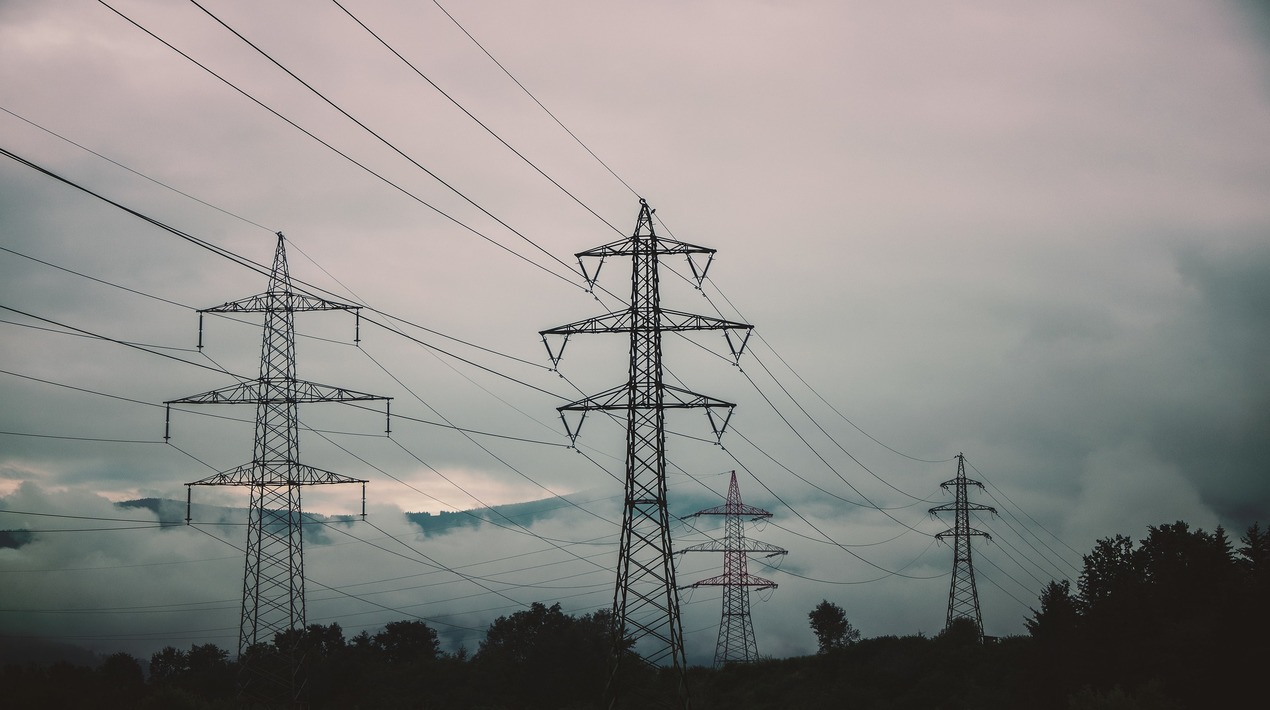
With the onset of the rainy season, intermittent or occasional rain from the southwest monsoon or ‘hanging habagat’ will affect Metro Manila and the western part of the Philippines, according to the Philippine Atmospheric, Geophysical and Astronomical Services Administration (PAGASA).
In the current situation, a leading telecommunications company and a non-profit organisation have deployed generator sets to typhoon-prone provinces to ensure uninterrupted telco connectivity as inclement weather disrupts the power supply. Along with generators, the telecom company places charging stations and Wi-Fi booths in heavily impacted areas to help residents communicate. These pop-up booths are frequently residents’ only connection to the outside world.
In April this year, the telecom company partnered with Manila electric company’s renewable energy arm to deploy solar-powered generators in ten areas across Bicol to increase resilience to weather disturbances.
Having a solar-powered system also means that local governments and disaster response teams can charge communication devices like two-way radios, flashlights, and other rescue devices even if there is a widespread power outage in their area. The project is a long-term solution that aims to boost the resilience of these communities in the face of natural calamities and the resulting power supply interruptions.
Weather is an ongoing concern for PAGASA and the country’s premier weather agency has set a dual goal of economic development through predictions of climate change. Being able to precisely pinpoint optimal locations for everything from croplands to massive windmill farms, to offshore oil rigs, and other expensive economic engines is a foundational capability for countries trying to build a 21st-century economy.
Climate simulations play a large role in weather predictions by finding and accurately predicting air moisture and warm ocean water pools which are a strong indicator of a cyclone or typhoon development.
As early as 2019, to successfully simulate regional climate changes, data scientists at PAGASA adopted a regional Numerical Climate model, producing an ensemble of simultaneous climate forecasts. Each forecast member is initialised with slightly different meteorological data in order to statistically represent the inherent uncertainty of errors in weather data collection and assimilation. The outputs from all ensemble runs are then averaged to produce a probabilistic local climate outlook over a three-month period, rather than just deliver weather expectations over a week.
Similarly in 2020, the Department of Science and Technology (DOST) has launched a research project – Understanding Lightning and Thunderstorm (ULAT) – for faster weather forecasting. Alvin Retamar, Chief of DOST-Advanced Science and Technology Institute’s Solutions and Services Engineering Division said there was evidence showing that lightning data collected could be used for a more accurate weather forecast.
ULAT would use computer systems that would run models and machine learning algorithms to automatically process data from ULAT data sensors, with a goal of giving the right information at the right time, Retamar added.
Satellite data from Filipino-made Diwata-1 and Diwata-2 microsatellites will be used to a “3D Cloud Reconstruction” that would help in studying thunderclouds and the rains brought by these thunderclouds.
While current mitigation measures are low tech, the future could be radically different. In the U.S., a collaboration between the University of Washington and a tech giant shows how artificial intelligence can analyse past weather patterns to predict future events, much more efficiently and potentially someday more accurately than today’s technology.
The newly developed global weather model bases its predictions on the past 40 years of weather data, rather than on detailed physics calculations. The simple, data-based A.I. model can simulate a year’s weather around the globe much more quickly and almost as well as traditional weather models, by taking similar repeated steps from one forecast to the next, according to a paper published this summer in the Journal of Advances in Modeling Earth Systems.
In the meantime, PAGASA will continue to mix old and new tech to provide include weather forecasts and warnings to keep the nation as safe as possible.
















